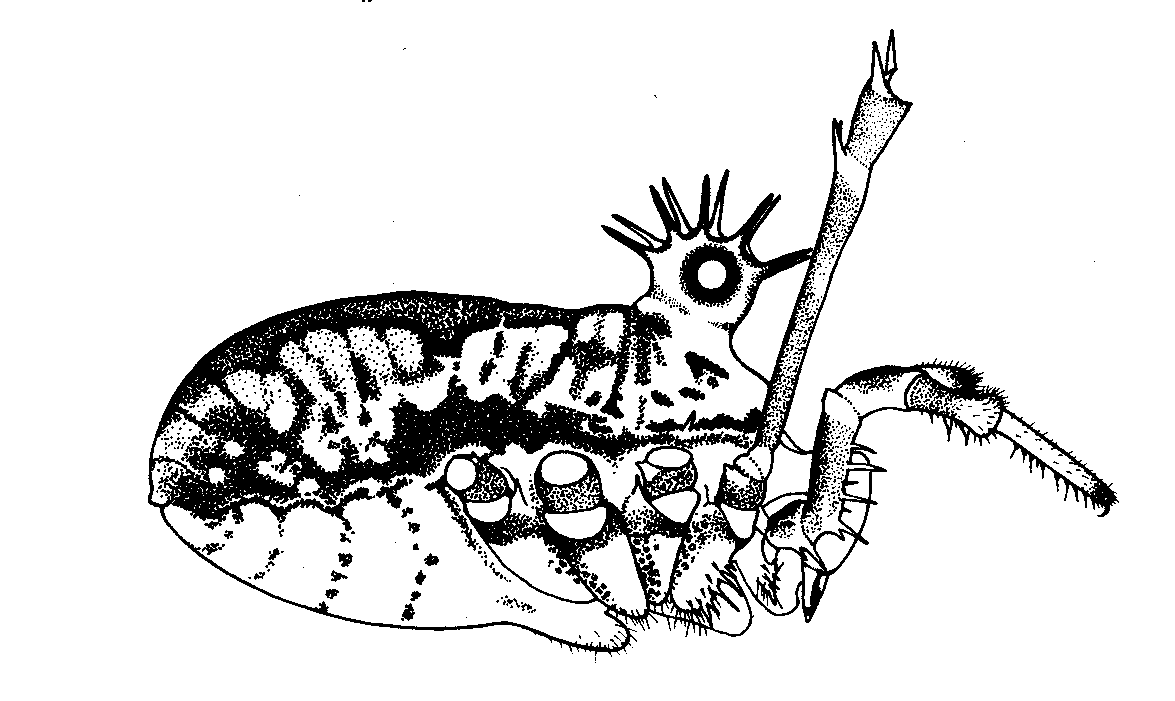
SPIDER NOTES
John Partridge
The request in the last issue for records for the white crab
spider, Misumena vatia, produced just three records for the year,
none of them from the edge of the distribution, so that was
rather disappointing. I rather feel that the spiders have not
been so prominent in recent years.
At a Bromsgrove Group meeting in October I was given an orange-red
spider with very few markings, which from its size and habitat
seemed most likely to be the Garden or Cross Spider, Araneus
diadematus. Closer examination verified this, but more
interestingly, it laid and cocooned its eggs in the box overnight.
I transferred the spider, now much shrunken, and the egg cocoon
to a bush in the garden, where the spider then added more silk to
roughly surround the cocoon with leaves. An interesting example
of normal behaviour continuing after an interruption.
Theridiosoma gemmosum, which I reported as new to the county in
the last issue, after finding it at Grimley, produced a second
record from Kemerton Gravel Pits. This is a minute globular-bodied
spider, with a silvery abdomen.
Agyneta subtilis is one of many small money spiders that need a
microscope for identification. It was recorded by T. H. Savory in
his 1933 list, but has not been taken again, as far as I know,
until my finding it at Kingswood in July 2002.
Ballus chalybeius is a jumping spider that has a very scattered
distribution outside the Thames area. The National Atlas puts it
in Dean and Wyre, so it is rather specialised. It lays its eggs
on oak branches. I was fortunate enough to find both male and
female on a day out with Bob Steele in his Suckley Wood, giving a
first county record for this species. The site also produced a
specimen of the harvestman Megabunus diadema - see below
While trying to collect harvestmen for my identification course I
became more aware of how few records we have for one of the most
striking of these - Megabunus diadema. Although little is found
in the books on the habits of this group, this species appears to
like mossy spaces, so perhaps our Bryologists could keep a look
out for it. The 'crown' over the eyes is diagnostic, but
unfortunately it is only just about big enough to be visible to
the adult naked eye - children might do better.
 |
Megabunus diadema (modified from illustration in Harvestmen by P
D Hillyard and JHP Sankey.1989 (No 4, 2nd edition. Synopsis of
British Fauna (New series)).
| WBRC Home | Worcs Record Listing by Issue | Worcs Record Listing by Subject |